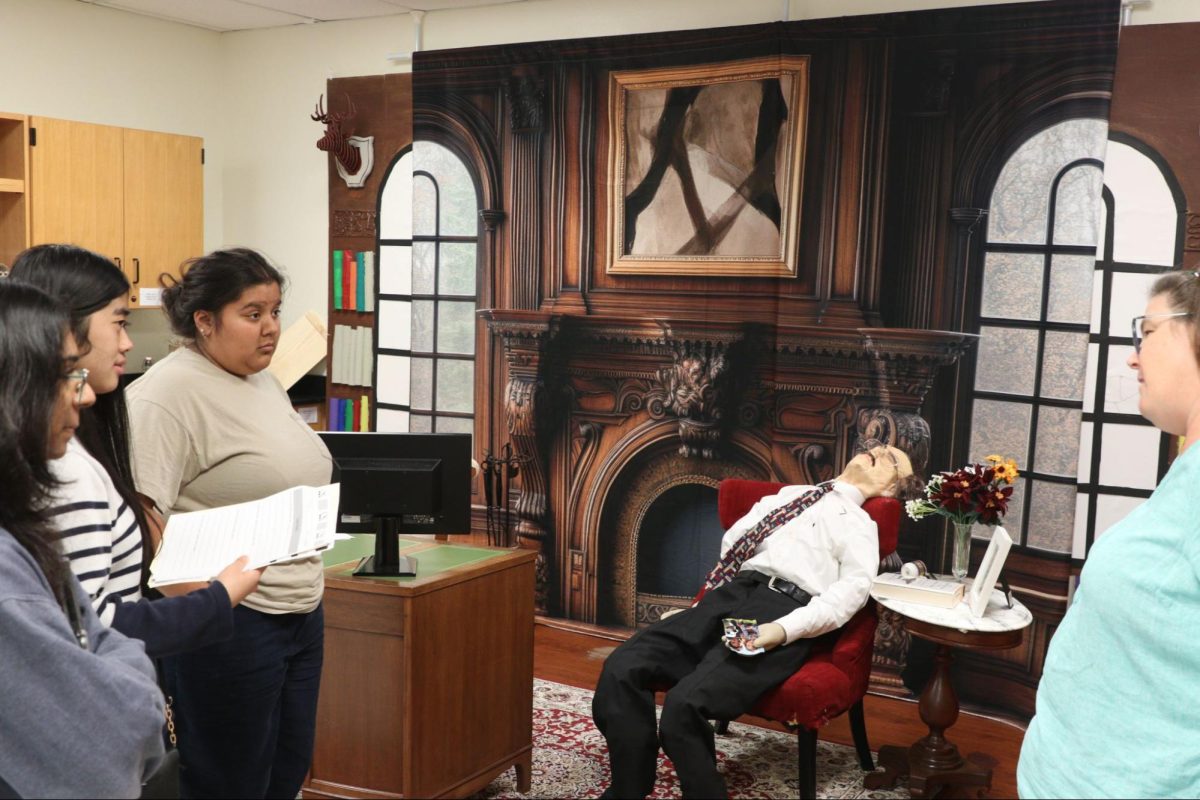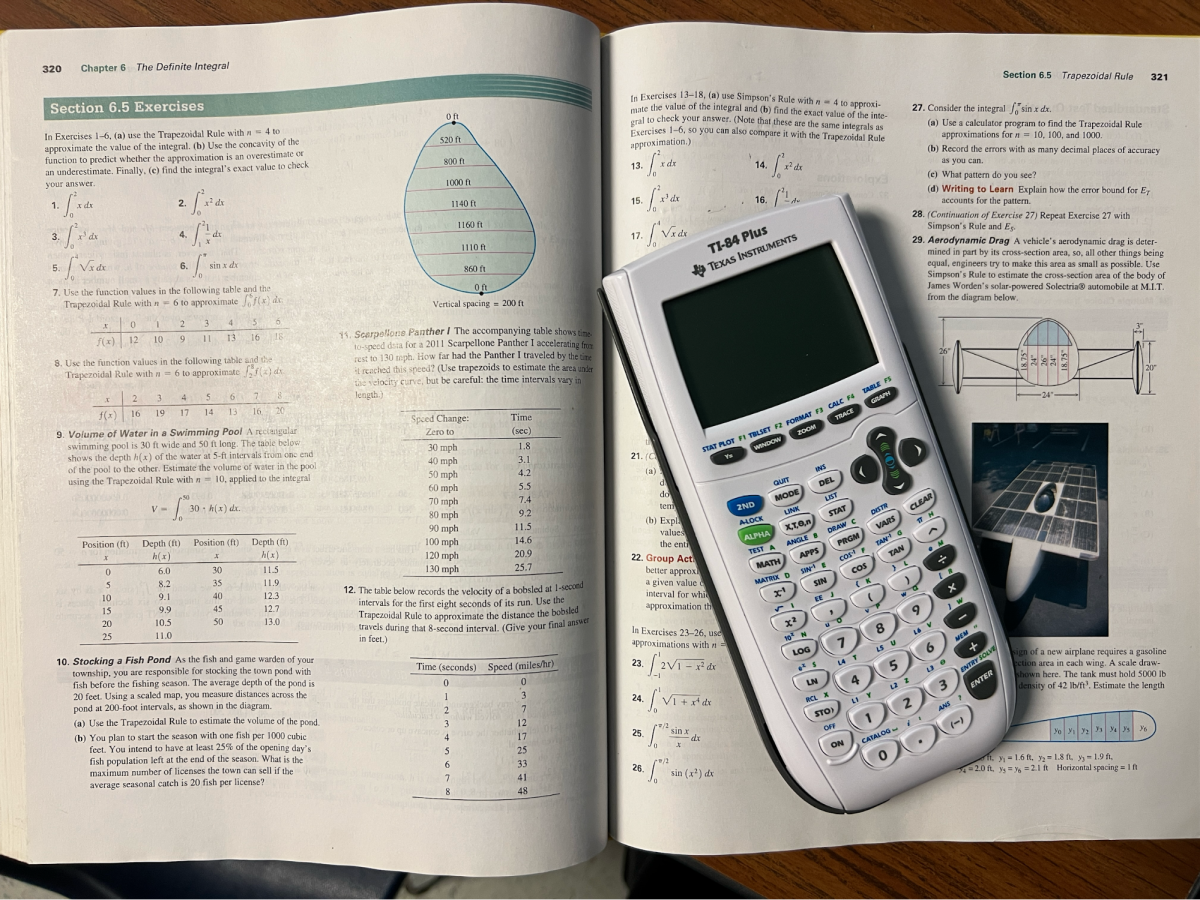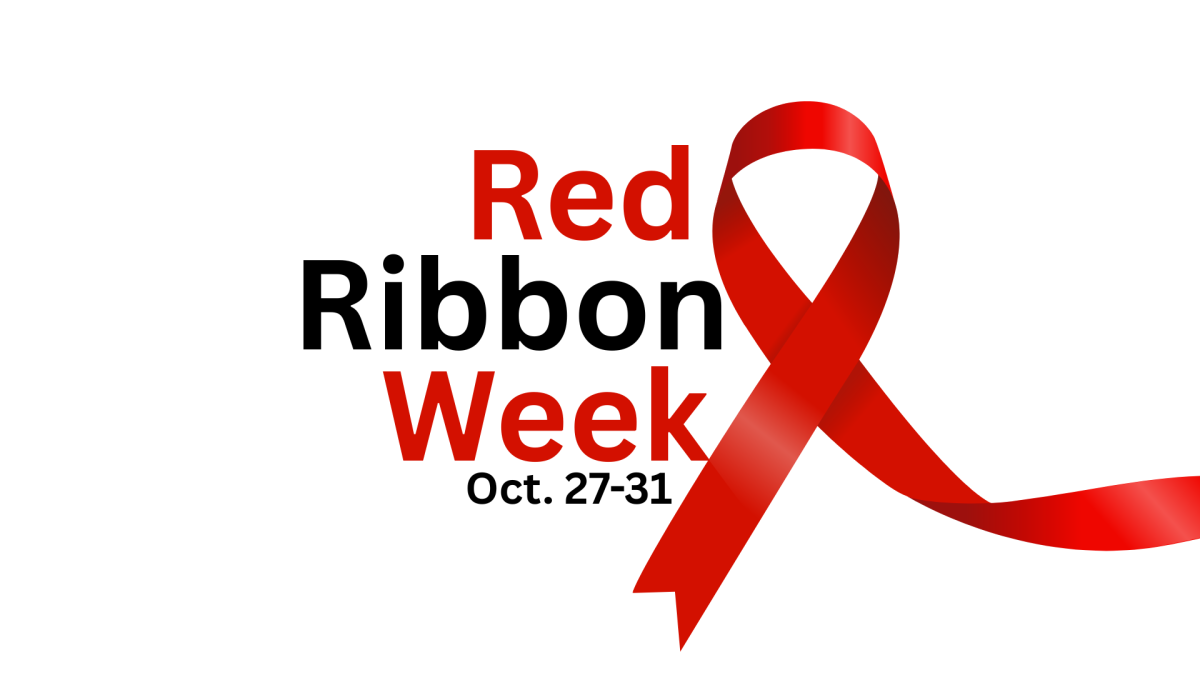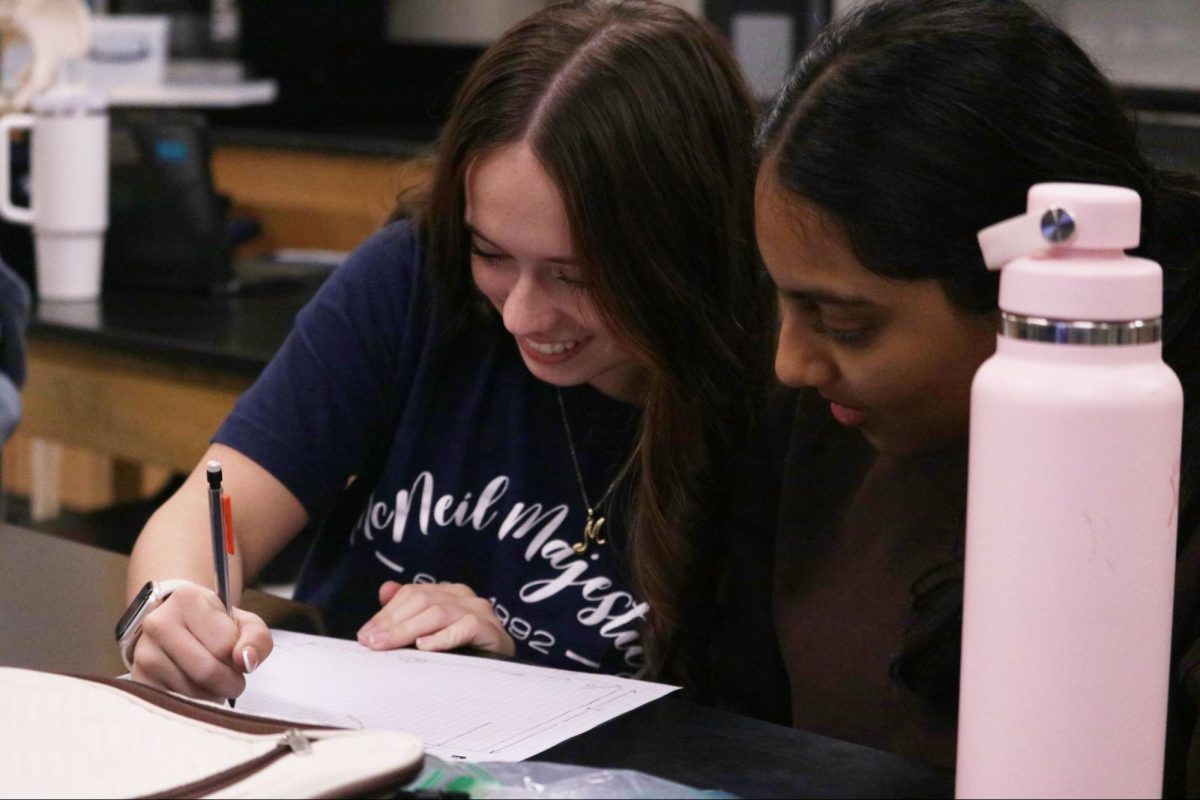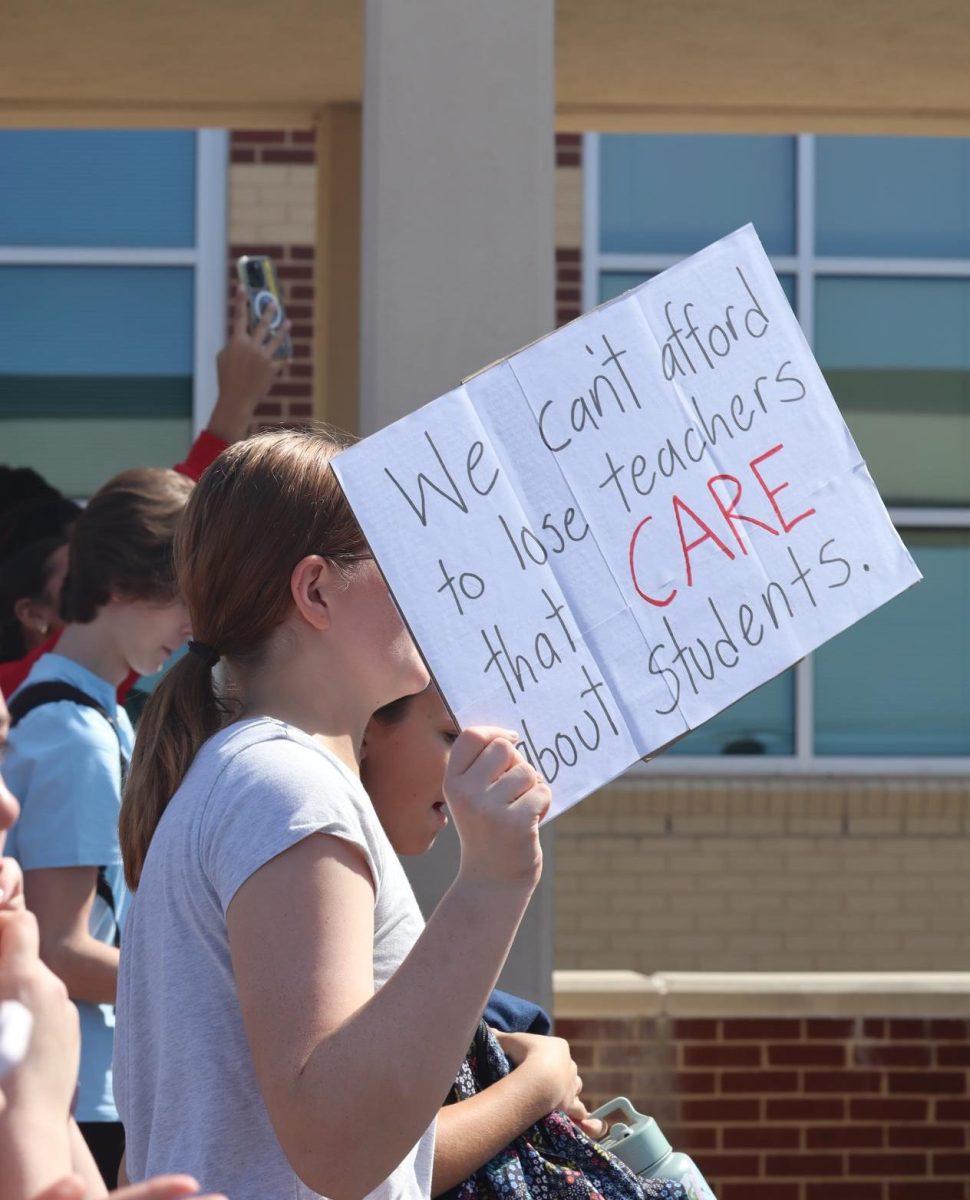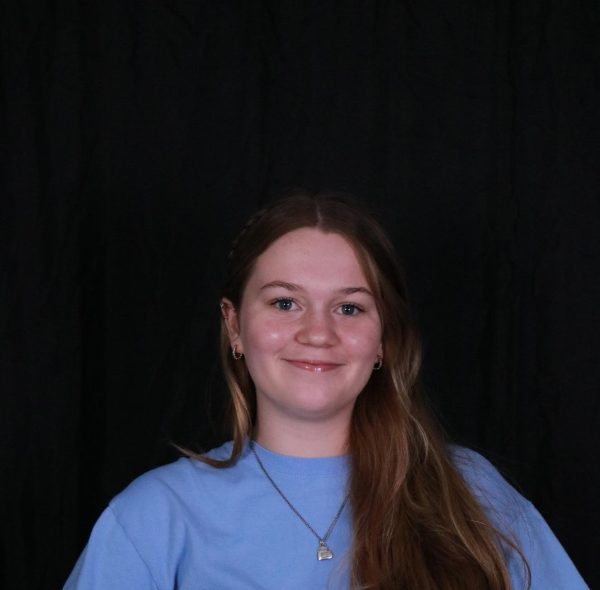The Forensic Class’s Crime Scene Lab started on Sep. 24 and Sep. 25. Students started the lab stepping into the role of patrol officers, responding to a staged disturbance and securing the crime scene.
Designed to go on throughout the year, the project gives students hands-on experience with forensic investigation. On the first day, they learned how to approach a scene, identify witnesses, and record observations before turning the case over to detectives.
“Do we know that a crime has been committed? No,” Forensics teacher Carol Seng said. “All we know is that there was a disturbance, and you’ve been called to check it out.”
Seng guides students through the initial steps of securing the area, stressing that protecting life always comes before preserving evidence.
“If [their life] is in question, you are allowed to touch the person to check for a pulse,” Seng said. “Life is always more important than a crime scene.”
For senior Ornith Jahid, the exercise felt like a crash course in real-world investigation. The first task was learning how to think like an officer on the scene.
“The guy died yesterday, and we’re basically just looking around at it and seeing what’s going on,” Jahid said. “We got a call that someone’s dead, and now we’re in charge of figuring out who to contact and how to separate the people of interest.
Students admitted the process could be overwhelming. Still, the detail of the crime scene kept them interested.
“It was so detailed. It was amazing,” Jahid said. “ I was very surprised, she put in so much effort and hard work into it, and it really made me proud to have her as a teacher.”
Other students said that the crime scene was more realistic than they expected. This added a bit of a challenge for some students on this first day.
“When I first walked into the classroom and saw the crime scene, my jaw quite literally dropped,” senior Alyssa Miller said. “It wasn’t just a fake crime scene, it felt like a real investigation waiting to unfold.”
Seng said her goal was to build a storyline that would keep students invested throughout the year. She also wanted them to practice both technical and collaborative skills.
“I want students to ‘buy in’ to coming to class and participating in the lessons so they can see it all come together,” Seng said. “A well put together storyline keeps them asking what new thing we’re going to learn that gets us closer to closure for that family.”
The first day ended with students logging names, making notes, and securing the scene. Their next step will be collecting and analyzing evidence as the case unfolds.

